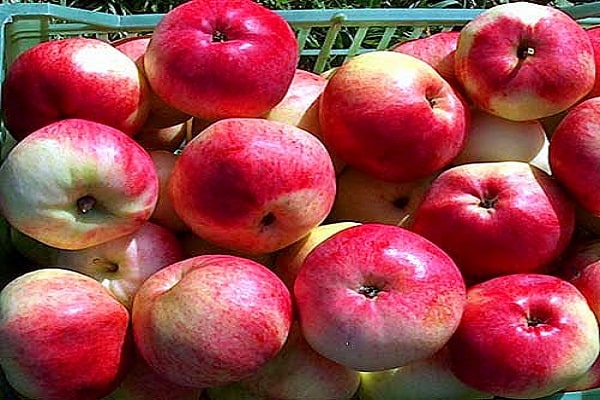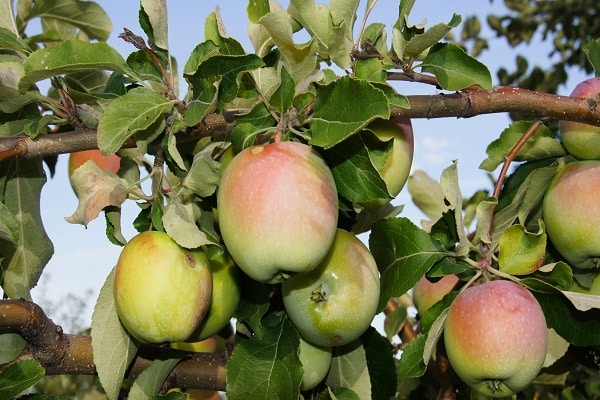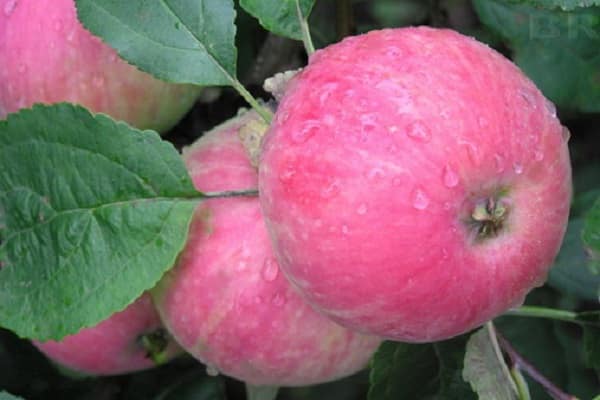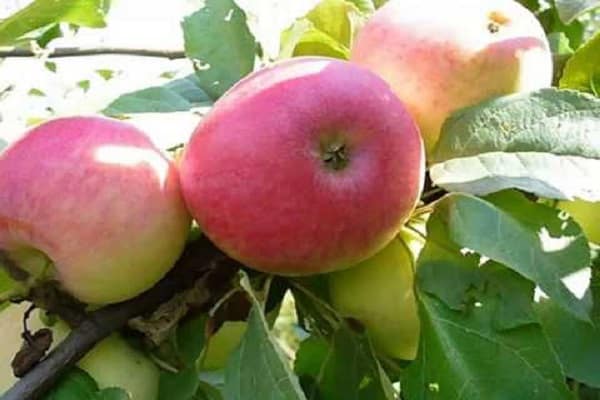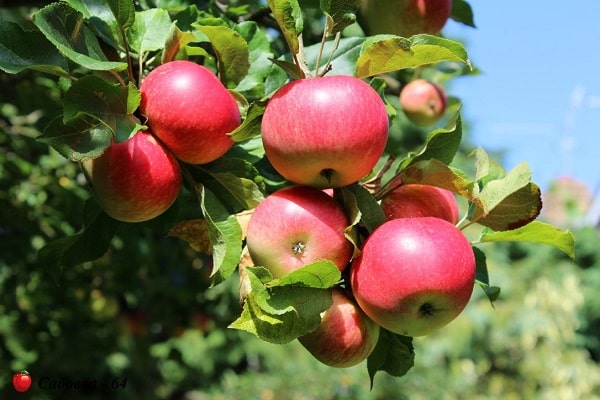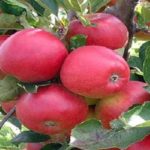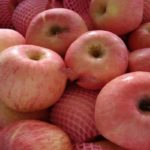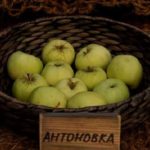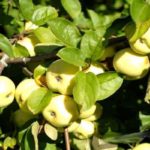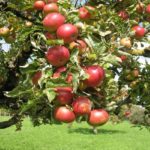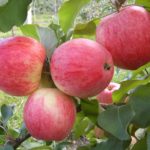The apple tree is everyone’s favorite fruit tree, especially popular among fruit crops. For several centuries, using the method of crossing, experts have produced new varieties with certain indicators of fertility and adaptation to weather conditions. The most common variety of folk selection is the Malt Bagaevsky apple tree. Let's take a closer look at what a fruit tree is.
What type does it belong to?
The fruits of “Malta Bagaevsky” belong to the group of summer apple varieties. The apple harvest cannot be stored for a long time.Shelf life varies from 1 to 3 weeks, but no more. It is for this reason that experienced gardeners recommend consuming ripe fruits immediately after picking them from the tree, provided that they are fully ripe.
Pollination
To pollinate the “Malta Bagaevskogo” variety and obtain a large number of apples, the species Anis Striped, Renet Pisguda, Bellefleur-Kitayka, Papirovka, and Antonovka are used.
Description of the variety
Before planting a particular plant in the ground, every gardener is interested in a detailed description of the fruit tree.
The rounded crown of the tree gives it an unusual appearance. Each branch is thick, growing from the trunk at a large angle. The bark is gray in color. When you run your hand over the surface, you feel roughness.
The leaves are large and oval with a pointed end. The inflorescence contains from 2 to 6 flowers. The petals are cup-shaped and cream-colored.
Speaking about apple fruits, they are of medium size. The weight of one apple can reach up to 110 grams. They are round in shape with a smooth surface. No pronounced ribbing is observed. Color varies from white to green, becoming yellow-green when fully ripe. 1/3 of the surface of the “Malta Bagaevskogo” apple is covered with a slight blush.
Upon closer examination, a waxy coating and white subcutaneous dots can be found on the skin of the fruit.
The fruit pulp is dense, pure white with a slight red tint. The taste is very juicy, crispy, sweet and sour and aromatic.
History of selection
Apple trees "Malta Bagaevsky" are summer fruit-bearing trees. The culture was developed in 1908 in the Saratov region by the Kuznetsov family living in the rural area of Bagaevka. The variety was mentioned by Pashkevich V.V. in his author’s book, where different types were described - gray, yellow, pink, onion.
Scientists suggest that the parents of this variety were Anise and Malt Gray, since the resulting apples are similar in quality to the indicated species.
Region of growth
As already mentioned, the Saratov region is considered the birthplace of the fruit crop. The variety is suitable for cultivation in Central Russia, the Middle Volga region, and Mordovia.
Apple trees of the Malt Bagaevsky variety are resistant to dry places and have frost-resistant properties. Therefore, they grow well in the South.
Productivity
The main advantage of the Malt Bagaevsky apple tree, which is highlighted not only by breeders, but also by summer residents, is its high yield.
The fruiting period begins 6-7 years from the moment of planting in open ground, provided that proper care has been carried out. A fruit tree is characterized as an apple tree with a smooth periodicity of fruiting.
From one tree of the specified variety you can remove up to 100 kg of tasty fruits per season. Good fertility lasts up to 150 years.
The collection period occurs at the end of July or beginning of August. Place in dry wicker baskets and can be consumed after 7 days.
Important! Ripe apples are not transportable. Therefore, it is recommended to pick the fruits slightly unripe for successful transportation.
Resistance to pests and diseases
Speaking about the diseases of this fruit crop, it has practically no immunity to pathogenic fungal microorganisms.
If the climatic conditions are not dry, but rather very humid, then the tree is at risk of contracting the following diseases:
- Leaf scab is a disease whose pest is borderline between fungi and bacteria. Initially, the underside of the leaf is affected and appears as a velvety olive-colored coating.After a while, if the problem is ignored, a more noticeable sign forms - a gray-red tint of plaque. Apples take on a black tint. Appearance burnt. Accordingly, the taste qualities are lost and it is pointless to talk about the usefulness of the fruit. As a rule, young trees are considered unstable. The disease often appears during the storage period of apples. To prevent this, be sure to regularly treat with disinfectants;
- Fruit rot is a dangerous disease of pome fruits. Penetration of infection occurs through the skin in the presence of even minor damage. Failure to promptly remove apples affected by the fungus increases the risk of infection of the fruit branch and death of the tree. For prevention, it is necessary to prune the crown of the apple tree annually. It is also recommended to remove dried branches if the first signs of rot appear on them. Do not forget to constantly feed the fruit tree with nutritional and vitamin compounds.
Oddly enough, but this type of apple tree is rarely exposed to pathogenic microflora that causes the disease black cancer.
Winter hardiness
Malta apples are resistant to drought and severe frosts. In the spring it recovers from hibernation very well and does not freeze.
The apple tree has a lot of positive properties, unlike other summer types of apple trees. The lifespan is long, the harvest shows high results, the quality of the fruit is excellent, and the adaptation to dry and frosty climatic zones is excellent. The variety is profitable and tasty.




